7 Mistakes You’re Making That Are Inviting Snakes Into Your Yard
Most snakes don’t cause trouble, but a few simple oversights can turn your yard into prime territory for them. Unmowed grass, loose pet food, clutter near sheds, and piles of leaves all offer easy shelter or an easy meal. Even bird feeders and open compost attract the rodents, and snakes hunt. Here are the most common mistakes that make your yard more appealing to snakes, and what to do about each one.
Leaving Pet Food Outside
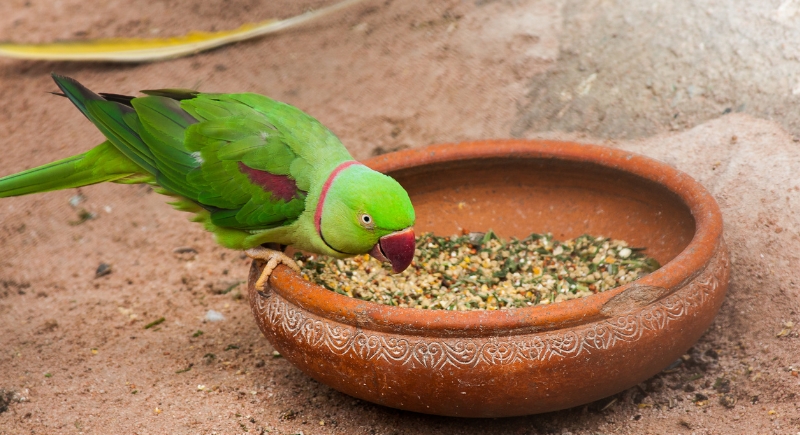
Credit: pexels
Leaving dog or cat food bowls outside, especially overnight, is basically advertising dinner for mice, which quickly turns into dinner for snakes. Even stored pet food can cause trouble if it’s in chewable plastic bins. Opt for tightly sealed metal containers and keep feeding indoors when possible.
Overwatering Your Lawn
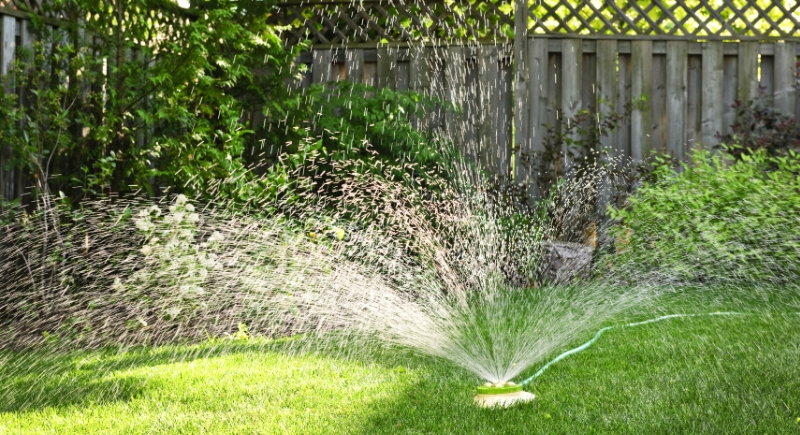
Credit: Elena Photo
Snakes aren’t water lovers by nature, but moisture attracts the things they do love: worms, frogs, and insects. A soggy lawn becomes a hunting ground, especially for smaller insect-eating species like ringneck snakes and blind snakes. Dial back the sprinklers, fix drainage issues, and avoid excessive evening watering.
Letting the Grass Grow Too Tall
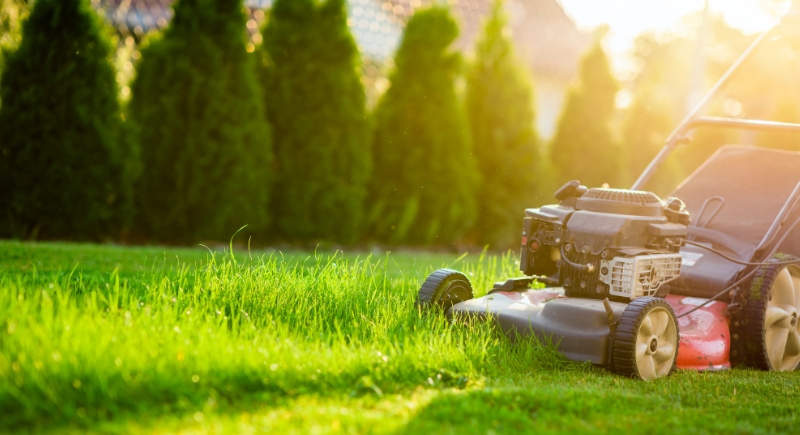
Credit: Getty Images
Tall grass gives snakes cover from predators and a stealthy route for stalking prey. When lawns go untrimmed, garter snakes and rat snakes are more likely to set up shop. Mowing regularly and trimming around fences and garden beds eliminates this easy camouflage.
Storing Firewood on the Ground
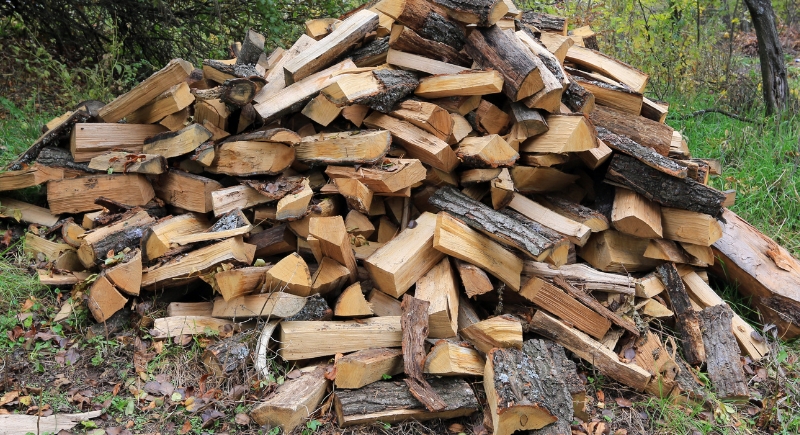
Credit: Getty Images
Stacking firewood directly on soil creates an ideal shelter: warm, damp, and full of hiding spots. Add in nearby rodents or insects, and it’s a reptile Airbnb. Elevating firewood at least 12 inches off the ground on metal racks helps reduce this problem.
Allowing Leaf Piles to Build Up
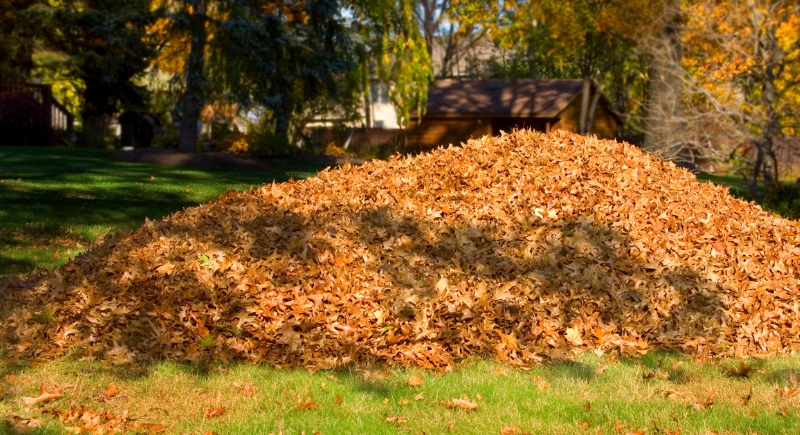
Credit: sajephotography
That pile of leaves waiting for composting is actually a rent-free hideout for snakes. Leaf litter traps moisture and attracts bugs and rodents, all of which lure snakes. Cleaning up yard debris regularly and moving compost to enclosed bins can cut down on hiding spots and food sources alike. Plus, it keeps your yard looking tidy and less appealing to every critter in town.
Creating Dense Ground Cover Without Gaps
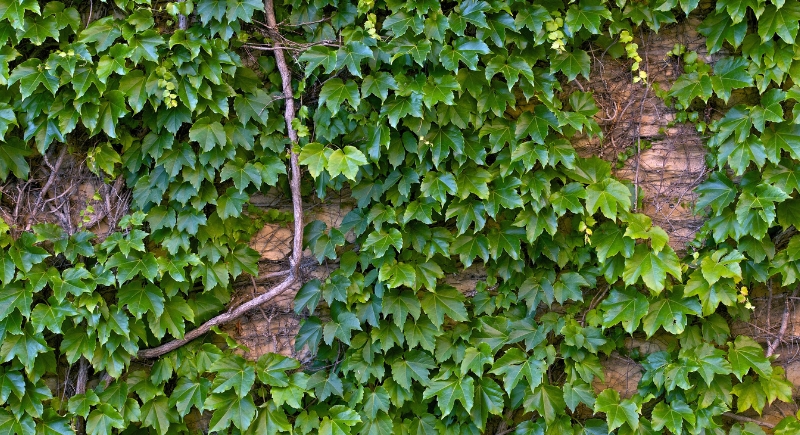
Credit: welcomia
Some landscaping plants, like ivy, pachysandra, and monkey grass, look great but can create perfect tunnels for snakes. When these ground covers grow dense and uninterrupted, they give snakes shaded travel paths and hunting zones.
Ignoring Your Bird Feeders
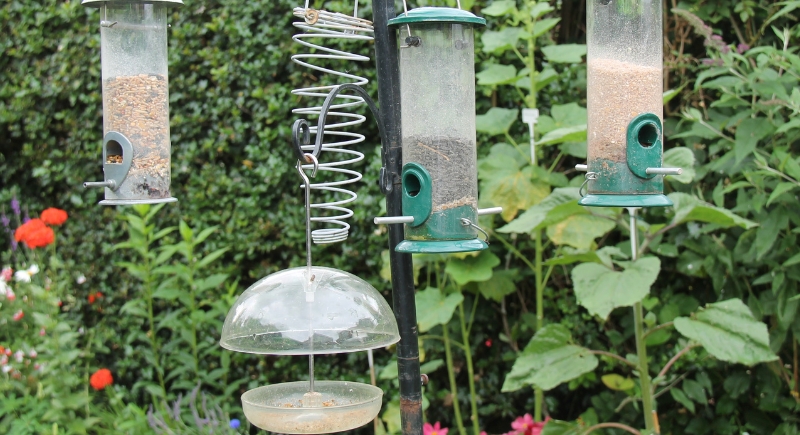
Credit: Getty Images
Feeding birds is lovely until you realize you’re also feeding snakes. Leftover seeds attract rodents, which attract snakes like the corn snake or black rat snake. Even worse, eggs and baby birds can become snake snacks.
Forgetting to Clean Up Around Sheds and Garages
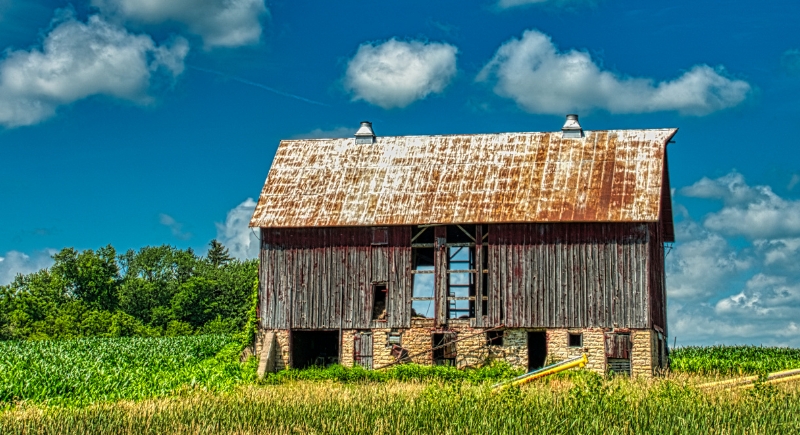
Credit: pexels
The shaded zone along the base of sheds or garages often goes unchecked, especially if tools, pots, or random debris get piled there. That clutter creates a prime snake shelter—protected, dark, and close to walls that retain warmth.
Letting Compost Go Uncontained
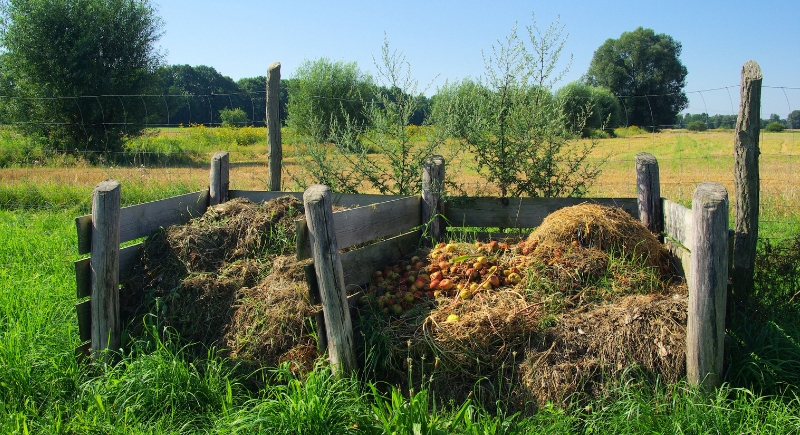
Credit: Getty Images
Open compost piles attract just about every kind of pest, especially in warmer months. The warmth and moisture draw rodents, while decomposing materials bring bugs—both snake delic
acies. Switching to a sealed compost tumbler cuts down on odors and moisture, keeping pests and predators away.
Leaving Decorative Items Hollow
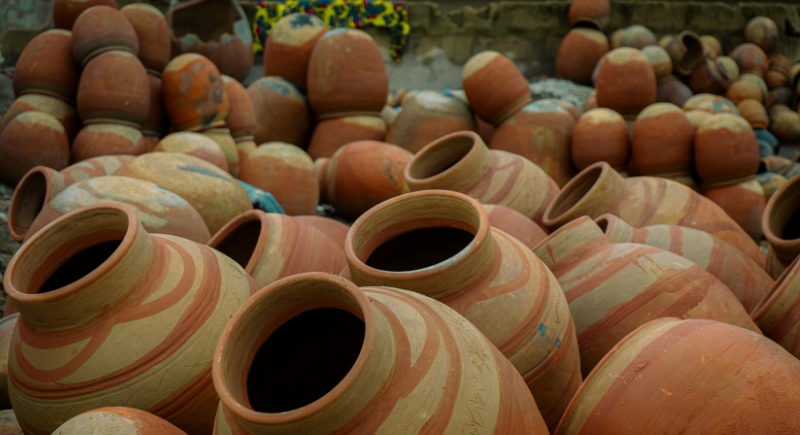
Credit: pexels
Cute ceramic pots, fake rocks, and garden statues might be hiding more than whimsy. If they’re hollow and placed in shaded or damp areas, they quickly become snake hotels. Especially in places with overgrown plants or moisture nearby, these items create the perfect micro-habitat.
Installing Landscape Fabric Without Maintenance

Credit: Canva
When landscape fabric starts peeling up, it creates long, tunnel-like spaces beneath mulch, exactly the kind of spot a snake might settle into. These gaps stay shaded and cool, which makes them appealing retreats. To avoid this, secure fabric edges tightly with landscaping staples and regularly inspect for damage. Keeping mulch levels balanced also reduces heat-trapping pockets underneath.
Placing Bird Baths in Hidden Corners
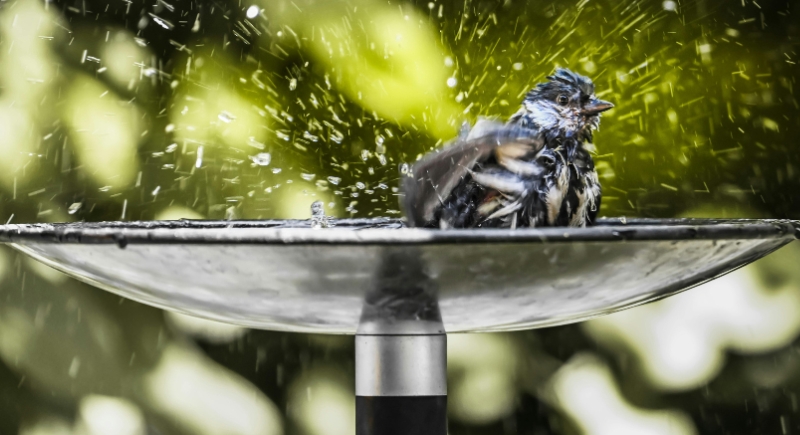
Credit: pexels
Bird baths placed in shaded, leafy corners might seem picturesque, but they’re also hidden watering holes for snakes. The combination of water, birds, and dense plants is irresistible. Moving bird baths to open, sunlit spots surrounded by gravel cuts down on sneak attacks.
Skipping Fence Line Maintenance
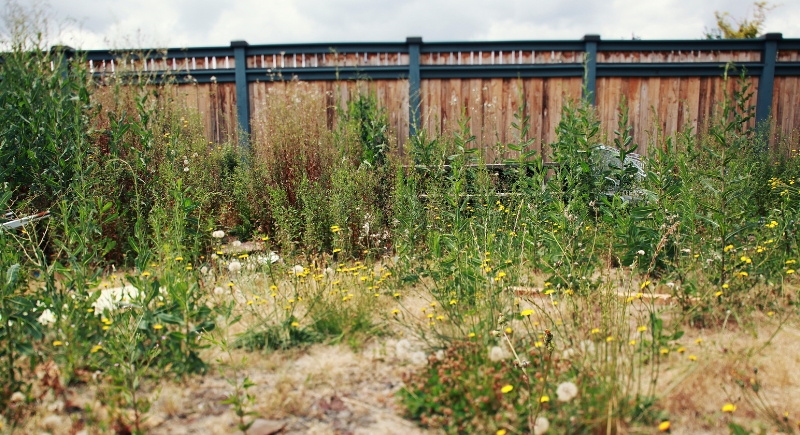
Credit: Getty Images
Dense plantings along fences create shady, uninterrupted corridors, perfect for snake travel. Shrubs that touch the ground offer protection from predators and a handy route across the yard. Trimming the lower branches to leave 6–8 inches of clearance and keeping the fence base clean makes it harder for snakes to use the border as their private trail.
Allowing Poor Drainage to Persist
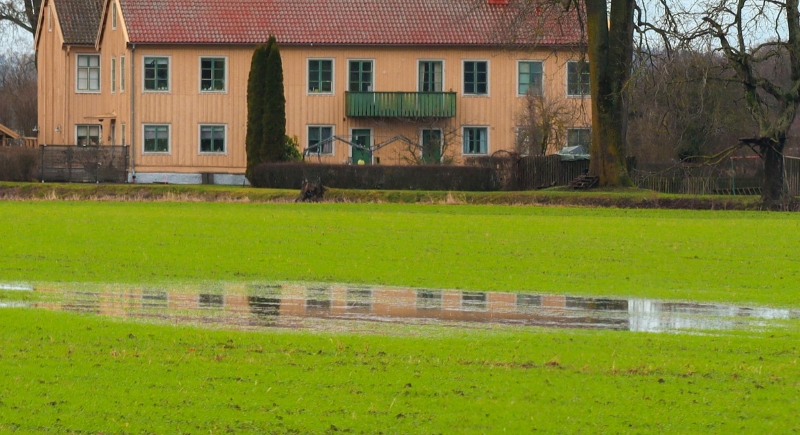
Credit: pexels
Puddles that stick around after rain or areas where water pools near foundations don’t just look bad—they’re a magnet for frogs, insects, and rodents. In turn, they become snake hotspots. Fixing drainage issues with grading, French drains, or even redirecting gutters can make a big difference.
Not Sealing Crawl Spaces and Gaps
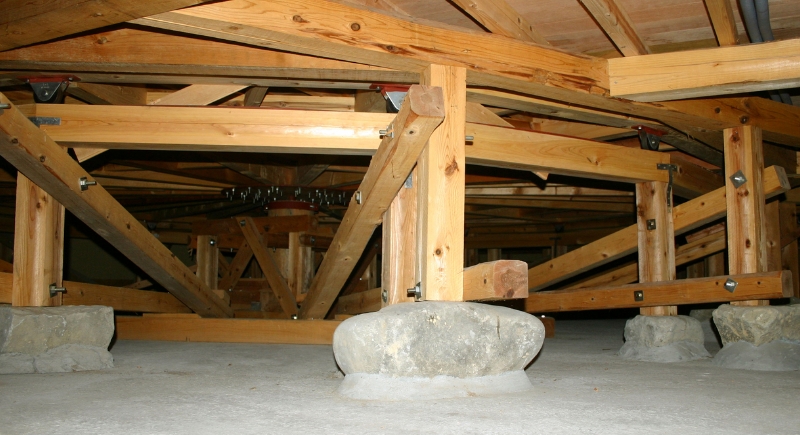
Credit: Wikimedia Commons
Snakes can squeeze through gaps the size of a pencil. Open crawl spaces, unsealed vents, or cracks along the home’s foundation give them easy access to cooler hiding places. Sealing these entry points with mesh or weather-resistant caulking blocks access to both snakes and the critters they chase.